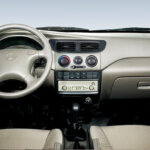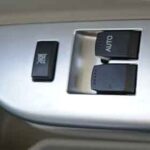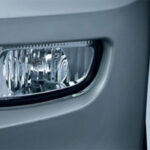Understanding the Connecting Rod in an Engine: A Crucial Component in Your Vehicle’s Performance
The connecting rod is one of the most vital components inside an internal combustion engine. It forms the critical link between the piston and the crankshaft, playing a key role in converting the up-and-down motion of the piston into the rotational motion that powers your vehicle. Without a properly functioning connecting rod, the engine simply cannot operate.
Whether you’re considering a powerful SUV like the Changan Oshan X7 Comfort or a practical family vehicle such as the Karvaan MPV Plus 1.2 MPFI, understanding how internal components like the connecting rod function can help you better appreciate the engineering behind your drive.
Function of a Connecting Rod in an Engine
The primary role of the connecting rod is to transfer the force generated by combustion from the piston to the crankshaft. This force conversion is what ultimately turns engine power into usable movement. As the piston moves vertically in the cylinder during the combustion cycle, the connecting rod pivots to turn this motion into a rotational force, which spins the crankshaft and propels your vehicle forward.
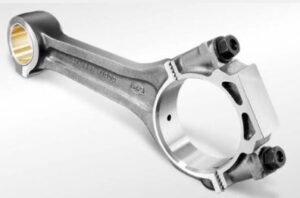
Parts of a Connecting Rod and Their Functions
A connecting rod might look simple at a glance, but each part plays a critical role:
-
Small End – Attaches to the piston pin.
-
Big End – Connects to the crankshaft journal.
-
Rod Shaft – Transfers the motion between both ends.
-
Bearing Inserts – Reduce friction and allow smooth rotation.
-
Bolts and Nuts – Secure the rod cap to the body of the rod.
Each of these components must be perfectly aligned and fitted to ensure optimal engine performance.
Types of Connecting Rods in Engines
Different engine applications use different styles of connecting rods, including:
-
I-Beam Connecting Rods – Common in standard vehicles for a balance of strength and weight.
-
H-Beam Connecting Rods – Ideal for high-performance and racing engines due to their superior strength.
-
Forged Rods – Manufactured under high pressure, offering high durability, especially under extreme stress.
-
Cast Rods – Made through casting processes, suitable for lighter-duty applications.
The design and build quality of connecting rods influence the engine’s performance and longevity.
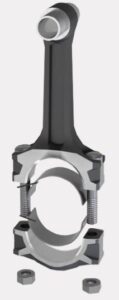
Materials Used in Connecting Rods
Connecting rods are built from materials that offer varying degrees of strength, weight, and cost-efficiency:
-
Steel Alloys – Strong, reliable, and widely used.
-
Aluminum Alloys – Lightweight and good for high-speed engines.
-
Titanium – High strength-to-weight ratio, used in performance engines.
-
Cast Iron – Cost-effective but less durable under high stress.
Material selection depends on the engine’s intended application, such as in vehicles like the Changan Deepal S07, which balances innovation with performance.
The Role of the Connecting Rod Bearing
Located at the big end of the rod, the connecting rod bearing provides a smooth interface between the rod and the crankshaft. This component minimizes friction and wear, which is critical for engine durability. If you neglect regular servicing or operate under poor lubrication conditions, it could lead to early bearing failure and potential engine damage.
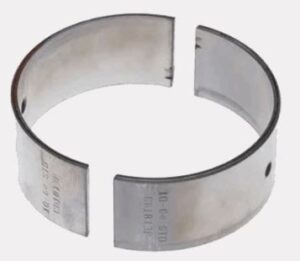
Common Questions About Connecting Rods
Q1: What are the two main functions of a connecting rod?
A: To transfer force from the piston to the crankshaft and to convert linear motion into rotational motion.
Q2: What does the connecting rod bearing do?
A: It reduces friction and allows the rod to rotate smoothly with the crankshaft.
Q3: What are the symptoms of a worn connecting rod bearing?
A: Knocking sounds from the engine, reduced oil pressure, or metal shavings in the oil.
Q4: Can I drive with a bad connecting rod bearing?
A: It’s strongly advised against. Continuing to drive may lead to catastrophic engine failure.
Q5: What causes connecting rod failure?
A: Poor lubrication, over-revving, manufacturing defects, or extreme load conditions.
Engine Maintenance Tips
If you’re investing in features like a new battery or planning long-term ownership of a modern vehicle, routine maintenance of internal parts like the connecting rod and bearings is just as important as visible upgrades.
For those considering easy ownership solutions, the Changan Deepal S07 EMI Plan makes it simpler to step into a technologically advanced vehicle while staying on top of engine health.
Final Thoughts
Though it’s hidden deep inside your engine, the connecting rod is one of the most important components ensuring your vehicle performs at its best. Whether you’re focused on practicality, performance, or luxury, understanding parts like the connecting rod can give you greater confidence in your vehicle and help you avoid costly repairs in the future.
Explore more vehicles designed with precision engineering at changansouth.com, and keep your engine running at peak performance with regular checkups and expert service.
















